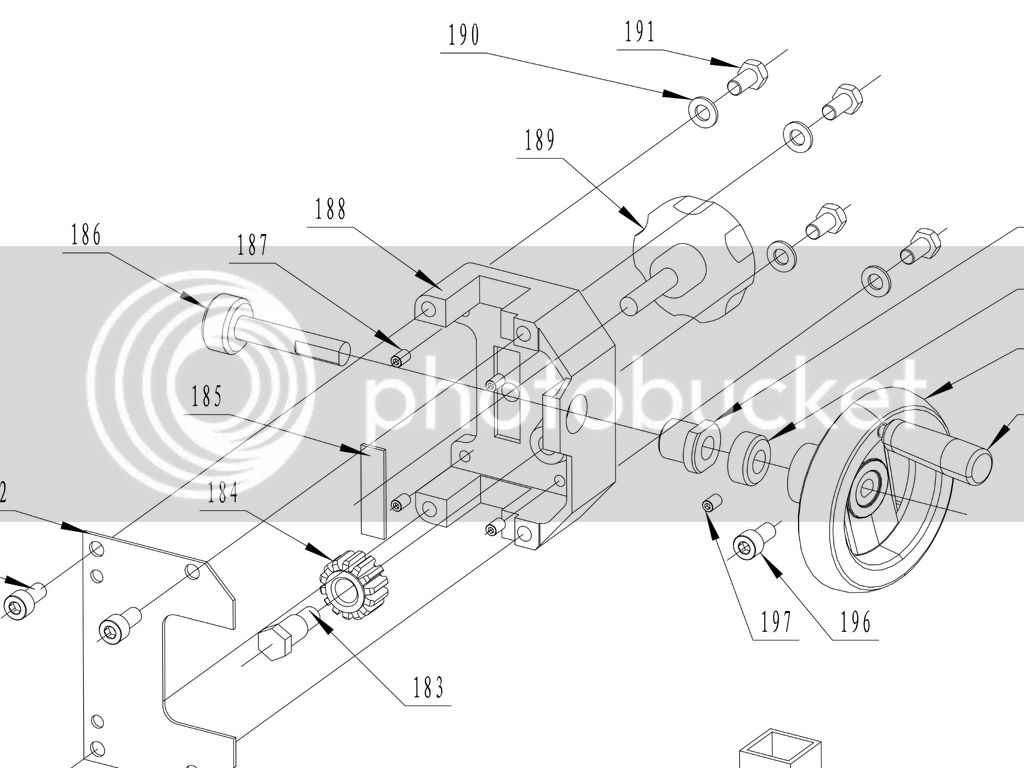Carl
Sorry it's taken me so long to chip in, but I have been away for the weekend. Your DVD is in the post box, you should get it tomorrow.
I realise that you are probably fixed up now, but just in case anyone else finds this thread in the future:
The blade guide needs to move in the same direction as the blade if you are to eliminate this discrepancy. On cheaper machines, there is no adjustment, the guide just slides around a couple of rivets. But if you have a grub screw, use it.
The reason it may not be the same for all blades is that you may find that to get the blade tracking perfectly for zero drift, it is running on slightly different parts of the curve on the upper and lower wheels. If that is the case, the blade itself will not be vertical, front to back, so the guide supports to be out by the same amount. It's not a fault, it's just getting everything to sing from the same hymn sheet.
As to where the blade should ride on the top wheel:
The blade is in tension and hugs the wheel. The wheel is usually curved, but even with a flat wheel, it behaves as if it is curved because it is tilted. You will see that in the video I explain it down the pub. Any excuse, eh? Once you understand why the angle of the wheel affects the angle of cut, it will make perfect sense and you will not need to get hung up on where it is riding, it's how it behaves that counts. It's just that for most of us, using most blades on most bandsaws, having the gullet somewhere near the centre, as opposed to hanging off the front edge, allows us to cut in a straight line without skewing the rip fence (which screws up any kind of cross-cutting operation) or twisting the whole table (easy on Mr Snodgrass's BS, even though he glosses over it, but very difficult, to the point of being impractical, on mine, and indeed, on most European BSs). Fortunately, once you do everything in the right order, it is easy to eliminate drift without having to rebuild your BS...
You'll soon be singing.

































